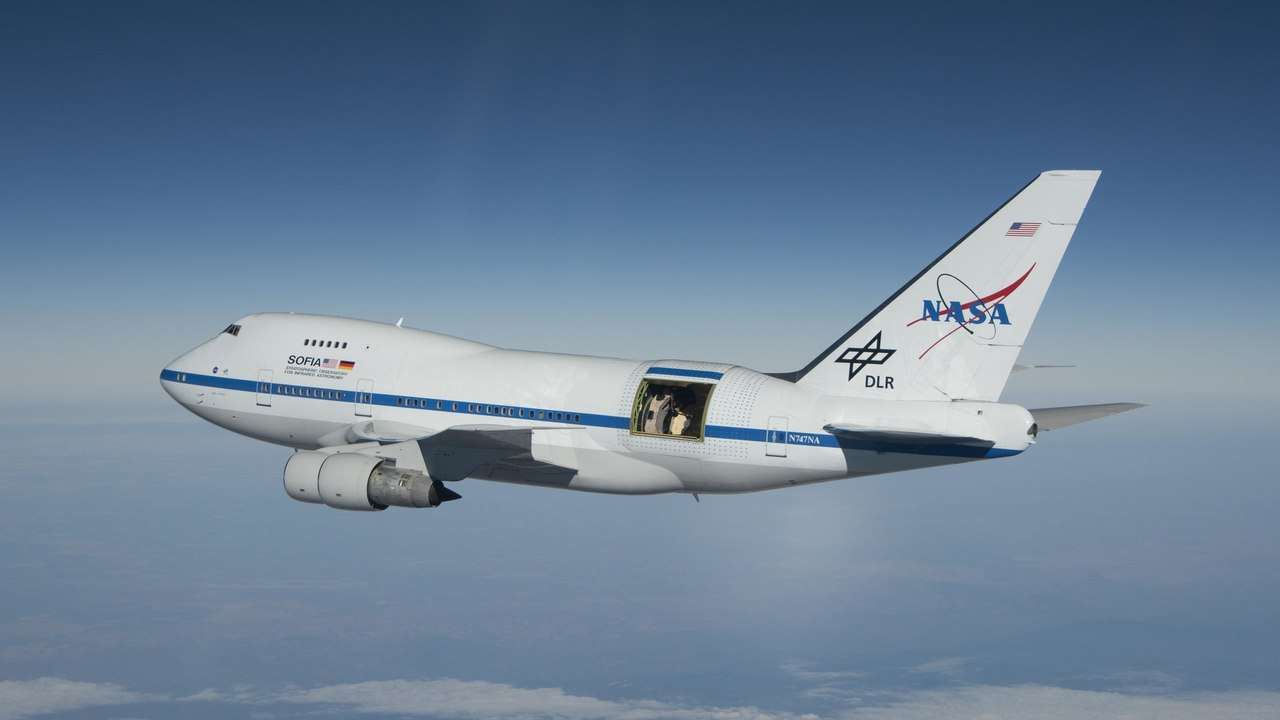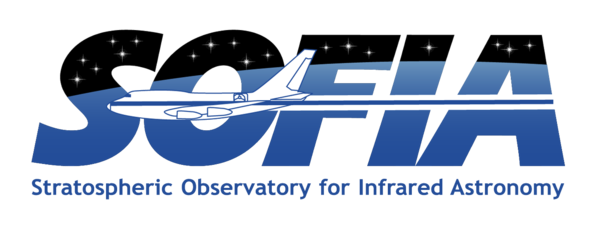

Overview: The Stratospheric Observatory for Infrared Astronomy (SOFIA) is a 2.7 meter telescope carried aboard a Boeing 747SP aircraft. The observing altitudes of SOFIA are between 37,000 and 45,000 feet, above 99% of the water vapor in the Earth's atmosphere. SOFIA currently operates 6 instruments (FORCAST, FIFI-LS, FPI+, HAWC+, GREAT, and EXES), both imagers and spectrographs, covering a wide range in wavelength and spectral resolution. The US share of the overall observing time is 80%. The remaining 20% of the time is allocated to the German astronomical community. By including new instruments and upgrades to existing instruments regularly, SOFIA retains its state-of-the-art capabilities.
NASA has designated the NASA/IPAC Infrared Science Archive (IRSA) as the permanent home of data collected by SOFIA. The NASA SOFIA Archive is the sole provider of all SOFIA data to the astronomy community.
SOFIA is a joint project of NASA and the Deutsches Zentrum für Luft-und Raumfahrt (DLR, the German Space Agency). Flight operations are being conducted out of the NASA Armstrong Flight Research Center in Palmdale, California. The SOFIA Science Center (SSC)1, responsible for overseeing the scientific output of the mission, is located at the NASA Ames Research Center in Moffett Field, California. The Science Mission Operations are jointly managed by the Universities Space Research Association (USRA) for NASA and by the Deutsches SOFIA Institut (DSI), in Stuttgart, for DLR. Aircraft operations are handled by NASA Armstrong.
A complete list of SOFIA cycles and calls for proposal is available here.


